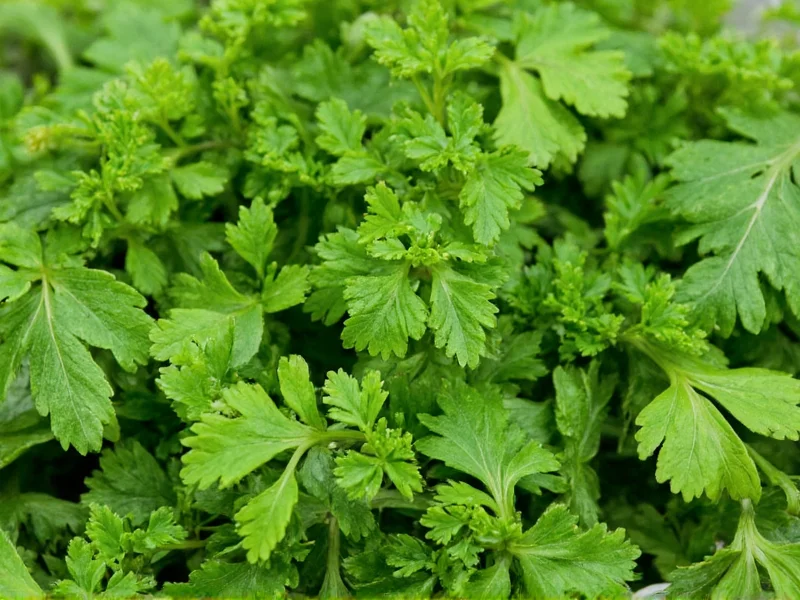Understanding the proper conversion between fresh and dried parsley is essential for achieving the right flavor balance in your recipes. When fresh parsley loses its moisture during the drying process, its flavor compounds become more concentrated, requiring less dried product to match the taste of fresh.
Why the 3:1 Conversion Ratio Works
Fresh parsley contains approximately 85-90% water, while dried parsley has most of this moisture removed. This concentration effect means dried parsley delivers more intense flavor in a smaller volume. The 3:1 ratio (fresh to dried) has been established through culinary testing as the most accurate conversion for maintaining proper flavor balance in dishes.
Parsley Measurement Conversion Chart
| Fresh Parsley | Dried Parsley |
|---|---|
| 1 cup chopped | ⅓ cup |
| ½ cup chopped | 3 tablespoons |
| ¼ cup chopped | 1½ tablespoons |
| 3 tablespoons chopped | 1 tablespoon |
| 1½ tablespoons chopped | ½ tablespoon (1½ teaspoons) |
| 1 tablespoon chopped | 1 teaspoon |
Practical Cooking Applications
When substituting dried parsley for fresh in recipes, consider these practical tips for best results:
- Timing matters: Add dried parsley earlier in the cooking process than fresh parsley to allow time for rehydration and flavor release
- Flavor differences: Dried parsley has a more earthy, concentrated flavor compared to the bright, grassy notes of fresh
- Texture considerations: Dried parsley won't provide the same visual appeal as fresh garnish
- Recipe suitability: Use fresh parsley in salads, finishing dishes, and cold preparations; dried works better in soups, stews, and long-cooking dishes
Maximizing Flavor with Dried Parsley
To get the most flavor from dried parsley when converting from fresh measurements:
- Crush the dried parsley between your fingers before adding to release essential oils
- For best results, add dried parsley to a small amount of warm liquid first to rehydrate
- When making sauces or soups, add dried parsley at least 15-20 minutes before serving
- Store dried parsley in an airtight container away from light and heat to maintain potency
Common Conversion Mistakes to Avoid
Cooks often make these errors when converting between fresh and dried parsley:
- Using equal measurements instead of adjusting for concentration
- Adding dried parsley too late in the cooking process
- Not accounting for the different flavor profiles in delicate dishes
- Using old, stale dried parsley that has lost its potency
Remember that the 3:1 fresh to dried parsley conversion ratio serves as a starting point. Personal taste preferences and specific recipe requirements may call for slight adjustments. Always taste as you cook and adjust seasonings accordingly.
Storage Tips for Maximum Freshness
Proper storage affects both fresh and dried parsley quality, which in turn impacts your conversion accuracy:
- Fresh parsley: Store upright in a glass with water (like flowers), covered with a plastic bag in the refrigerator for up to 2 weeks
- Dried parsley: Keep in an airtight container away from light and heat; properly stored, it maintains good flavor for 1-2 years
- Test dried parsley potency by rubbing and smelling - if aroma is weak, you may need to slightly increase the amount used











 浙公网安备
33010002000092号
浙公网安备
33010002000092号 浙B2-20120091-4
浙B2-20120091-4